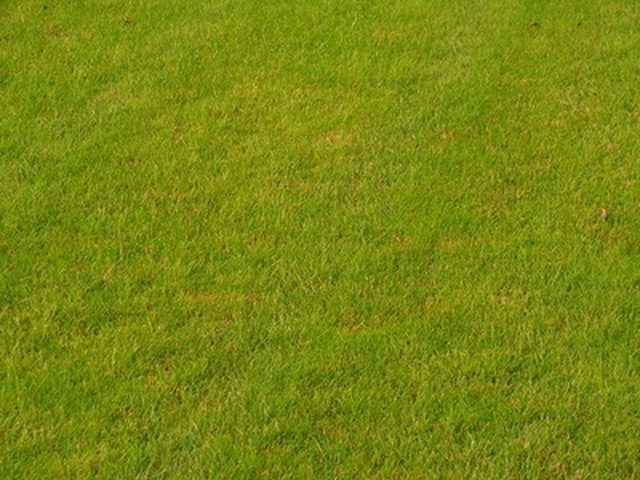Bulbs
Flower Basics
Flower Beds & Specialty Gardens
Flower Garden
Garden Furniture
Garden Gnomes
Garden Seeds
Garden Sheds
Garden Statues
Garden Tools & Supplies
Gardening Basics
Green & Organic
Groundcovers & Vines
Growing Annuals
Growing Basil
Growing Beans
Growing Berries
Growing Blueberries
Growing Cactus
Growing Corn
Growing Cotton
Growing Edibles
Growing Flowers
Growing Garlic
Growing Grapes
Growing Grass
Growing Herbs
Growing Jasmine
Growing Mint
Growing Mushrooms
Orchids
Growing Peanuts
Growing Perennials
Growing Plants
Growing Rosemary
Growing Roses
Growing Strawberries
Growing Sunflowers
Growing Thyme
Growing Tomatoes
Growing Tulips
Growing Vegetables
Herb Basics
Herb Garden
Indoor Growing
Landscaping Basics
Landscaping Patios
Landscaping Plants
Landscaping Shrubs
Landscaping Trees
Landscaping Walks & Pathways
Lawn Basics
Lawn Maintenance
Lawn Mowers
Lawn Ornaments
Lawn Planting
Lawn Tools
Outdoor Growing
Overall Landscape Planning
Pests, Weeds & Problems
Plant Basics
Rock Garden
Rose Garden
Shrubs
Soil
Specialty Gardens
Trees
Vegetable Garden
Yard Maintenance
Why is My Newly Seeded Lawn Turning Yellow?
Why is My Newly Seeded Lawn Turning Yellow?. Planting grass seeds is a painstaking, yet rewarding task. As you look upon your newly seeded lawn, you hope to see fresh blades of vibrant grass poking through the soil. Unfortunately, a variety of factors may cause your newly seeded lawn to turn yellow.

Planting grass seeds is a painstaking, yet rewarding task. As you look upon your newly seeded lawn, you hope to see fresh blades of vibrant grass poking through the soil. Unfortunately, a variety of factors may cause your newly seeded lawn to turn yellow.
Lack of Water
If you are not watering your lawn frequently enough, the grass may become dry, weak and yellow. According to The-Lawn-Advisor.com, newly planted grass seed should be watered often enough that the soil is kept consistently moist. Once the grass seed has established itself in the yard, watering can be done less frequently (every two to five days, depending on the season).
Imbalanced Nutrients
Soil with imbalanced nutrients might also lead to the development of yellow grass. The most commonly imbalanced nutrients include a deficiency of iron or an excess of phosphorous. If this is the cause of your yellow grass, treat the problem by fertilizing the lawn with a product low in phosphorous.
Lawn Burn
Harsh chemicals, including insecticides, fertilizers and animal urine, can easily damage delicate grass seeds and blades. To prevent lawn burn, follow product instructions carefully. If possible, prevent animals from urinating on the lawn. Once the grass begins yellowing, combat it with frequent and heavy watering.
Grass Fungus
Unfortunately, grass fungus can attack your lawn at any time, and without any warning. According to AllAboutLawns.com, the "rust" grass fungus turns grass light green or yellow. It is often caused by heavy dew in a warm, moist climate. If you suspect this is the problem, use a nitrogen fertilizer and water the lawn frequently.